CAN YOU SEE A TOOTH FRACTURE ON CBCT?
CBCT offers high-quality 3D images that are very helpful for identifying dental root fractures. Typically, a fracture has to be very severe for a 2D image to show it. However, on a CBCT, because the doctor can look at the tooth from all angles and sides, fractures are more easily detected.
IS A CBCT SCAN HARMFUL?
Dental CBCT radiation dose is very low because of the digital technology and the way that the machine operates. For comparison, the dose is many times less than that of a hospital CT scan. In fact, the amount of radiation from our dental CBCT is the same, if not less, as if you were to take a round-trip flight from NYC to Europe. Rest assured that we truly care about your health and will only prescribe a CBCT when it is necessary. The health risk of unchecked dental issues, such as infections, progressing unaddressed are much more detrimental than the risk of receiving a CBCT scan.
HOW DO I SCHEDULE AN APPOINTMENT?
Do you want high-quality, modern care in Baltimore County? Contact us for a precise diagnosis and treatment today. If you are a new patient, call
410-833-4664. You may also request an appointment online.
Please let us know if you have further questions or concerns about your treatment options. Our team will always be happy to assist you.


